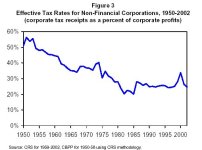jomar
chillin
- Joined
- Nov 7, 2006
- Posts
- 26,959
Fact is that trump negotiated US withdrawal with the Taliban without including the Afghan government. And the generals apparently weren’t citing your claims for staying in afghan.Bullshit. Biden was president and was under no obligation to withdraw. Stop blaming Trump for Biden’s fuckup. The negotiated settlement that Trump agreed upon was a co-op government. That wasn’t happening. US forces in Afghanistan combined with allied forces with the Afghan army supported by western air power were more than capable of keeping the Taliban in check. Bagram air base was an important strategic base especially with Iran and its proxies acting up. As I’ve written in the past Trump had this all wrong IMHO. Biden like Trump was using the withdrawal as a political tool which went against all senior commanders.
https://www.politico.com/news/2021/09/28/top-generals-afghanistan-withdrawal-congress-hearing-514491
From the article: But he went on to say that his “personal view,” which he said shaped his recommendations, was that withdrawing those forces “would lead inevitably to the collapse of the Afghan military forces and, eventually, the Afghan government.”
Most had plenty of warning to get out. Tough decisions, but plenty of warning.Biden removing our military before evacuating citizens and afghan who worked with our military was perhaps the biggest tactical fuckup in history.
Sure, and the Taliban had the authority to say fuck you we had a deal and reboot full out war with the 5,000 hardened criminals added in. Then what?Biden is an incompetent fool. Biden as CiC had all the authority to adjust windage and elevation.
Last edited:

